The 7 Best Real User Monitoring (RUM) Tools for 2025
Lab test scores don’t show real user experience—RUM tools track live data from actual visitors to help optimize Core Web Vitals and true site performance.

When it comes to website performance, not all data is created equal. You might get a perfect "100" score from a lab test run in a controlled environment, but how does your site actually perform for a real user on a slower mobile network in a different country? Answering this question is the core purpose of Real User Monitoring (RUM).
Unlike synthetic tests that simulate visits from a lab, RUM tools collect performance data directly from the browsers of your actual visitors. This "field data" gives you invaluable insights into your real-world user experience, showing you how your site performs under various network conditions, on different devices, and in diverse geographic locations.
If you're serious about improving your Core Web Vitals and user satisfaction, implementing a RUM tool is essential. Here are 7 of the best Real User Monitoring tools to consider in 2025.
RobotAlp (via PageSpeed Monitoring)
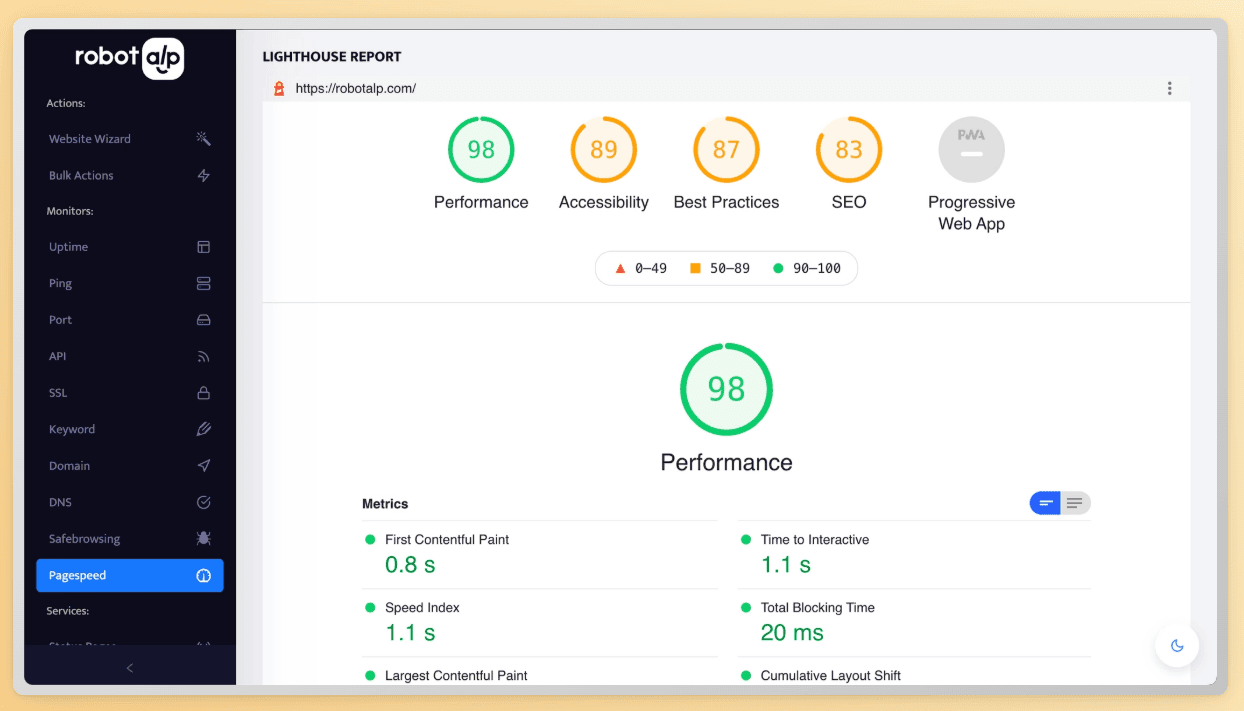
RobotAlp offers a clever and efficient way to monitor real user data without adding any extra JavaScript to your site. Its PageSpeed Monitoring tool regularly fetches data from Google's PageSpeed Insights API, which includes "Field Data" from the Chrome User Experience Report (CrUX). This report is a massive dataset of performance metrics collected from real Chrome users, making it a powerful source for RUM data.
Key Features: Automated tracking of Core Web Vitals (LCP, INP, CLS) and other performance scores over time, historical data reporting, integrated with other monitoring tools (uptime, SSL, etc.).
Pros: No performance impact on your site as it doesn't require a JavaScript snippet. Leverages Google's vast dataset for real user metrics. Allows you to track performance trends and see the impact of your optimizations.
Cons: Relies on Google's CrUX data, which may not be available for low-traffic sites. Doesn't provide individual user session details like dedicated RUM tools.
Sentry
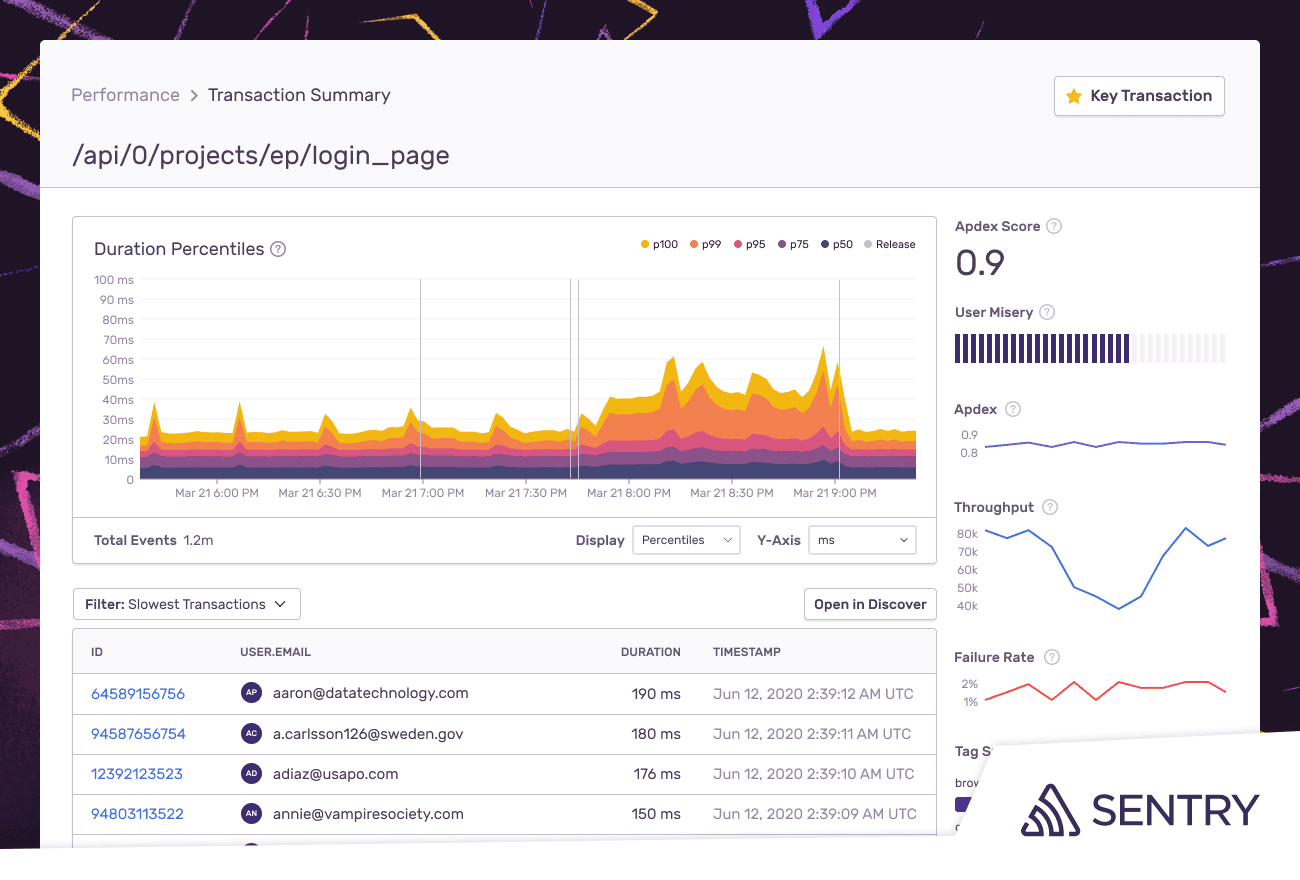
While famous for its best-in-class error tracking, Sentry has evolved into a comprehensive observability platform with a powerful Performance Monitoring product that includes robust RUM capabilities.
Key Features: Core Web Vitals tracking, frontend performance issue detection (slow page loads, unresponsive clicks), detailed transaction traces, alerts on performance regressions.
Pros: Seamlessly connects frontend performance issues with backend errors for faster debugging. Excellent for developers who want to see the full context of a problem. Generous free/developer tier.
Cons: Can be overwhelming for non-technical users. The primary focus is on error and performance debugging rather than just analytics.
Datadog Real User Monitoring
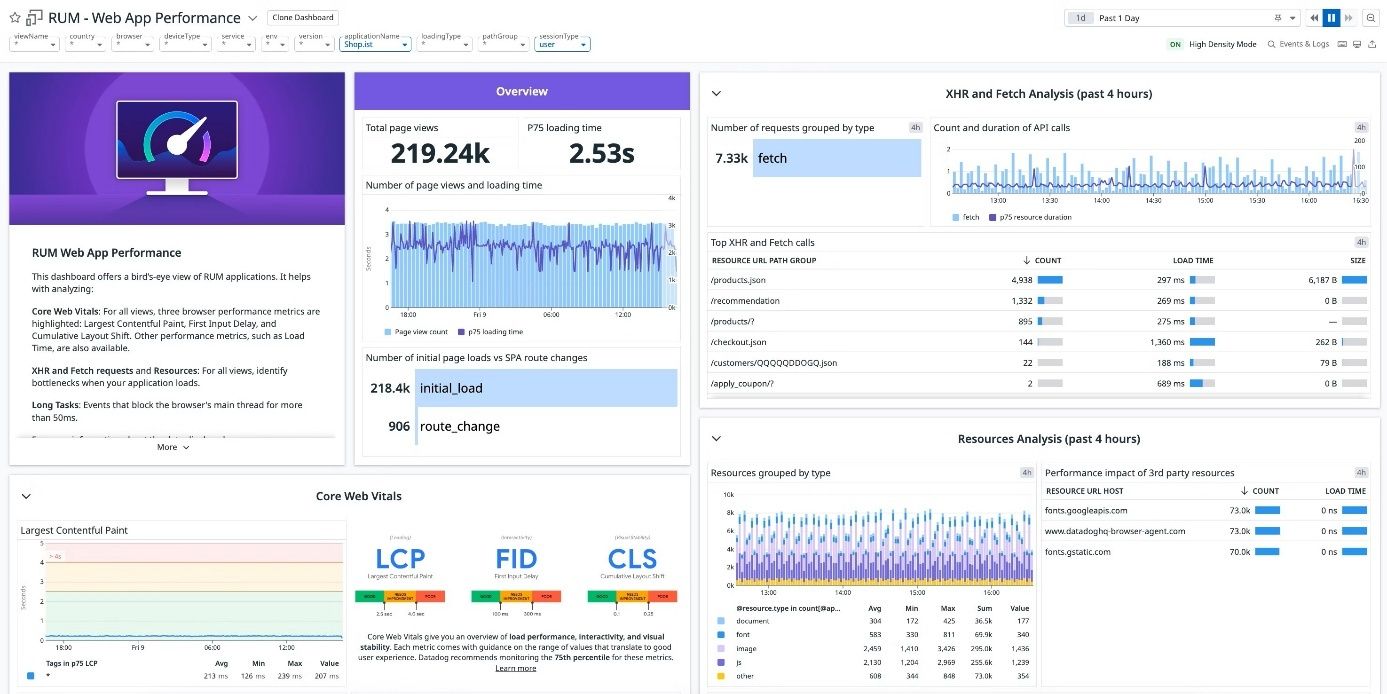
Datadog is a market leader in enterprise observability, and its Real User Monitoring product is incredibly powerful. It provides end-to-end visibility into your users' frontend experience.
Key Features: Aggregates user journey data, tracks Core Web Vitals, analyzes frontend errors, and correlates performance with backend metrics and logs.
Pros: All-in-one platform provides a unified view of your entire stack. Powerful data visualization and filtering capabilities.
Cons: Can become very expensive, especially for high-traffic B2C websites. The sheer number of features can have a steep learning curve.
New Relic Browser Monitoring
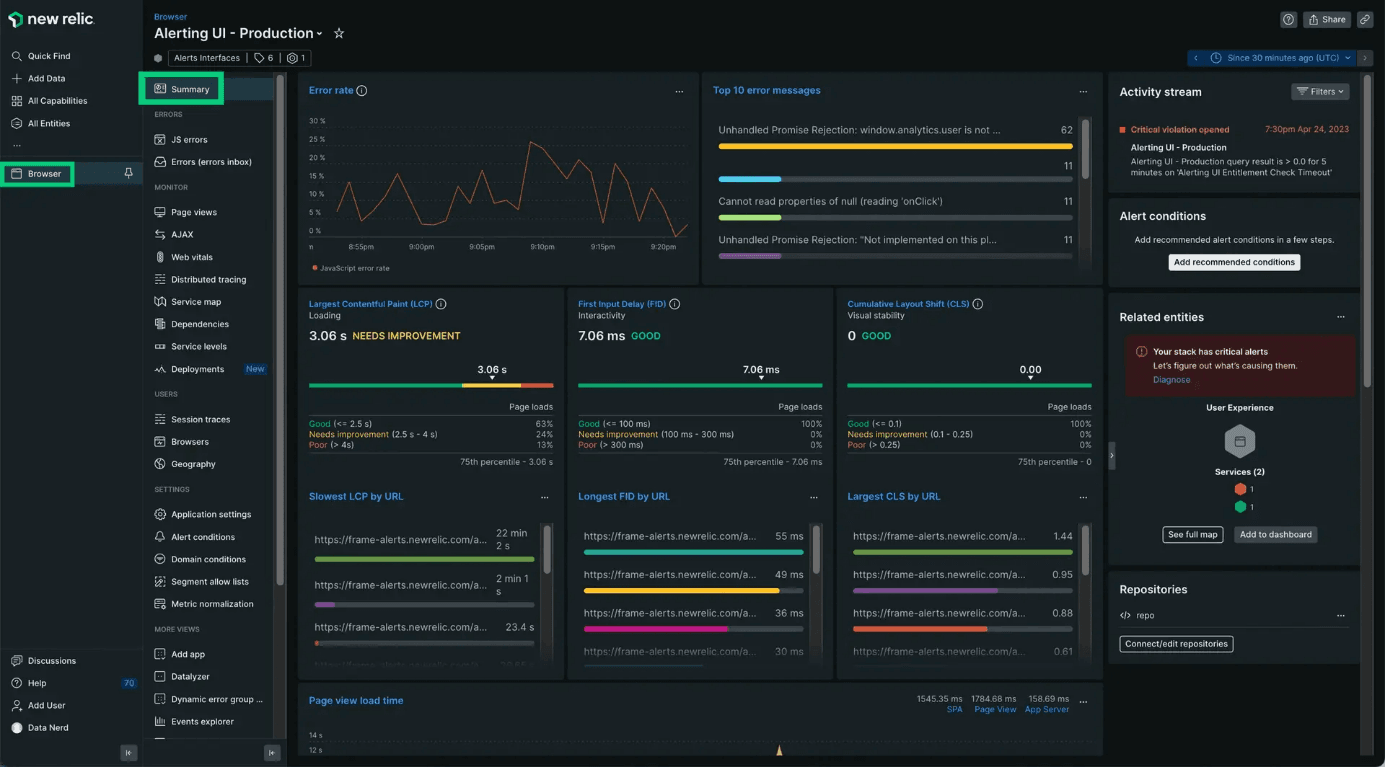
As another giant in the observability space, New Relic offers a mature and comprehensive RUM solution as part of its platform. It's designed to give you deep insights into how your real users are experiencing your site's performance.
Key Features: Detailed page load timing, JavaScript error analytics, session traces, AJAX request monitoring, Core Web Vitals reporting.
Pros: Deeply integrated with New Relic's APM, allowing you to trace performance issues from the browser all the way to the database query.
Cons: The platform can be complex and is priced for enterprise use cases, which may be prohibitive for smaller projects.
OpenReplay
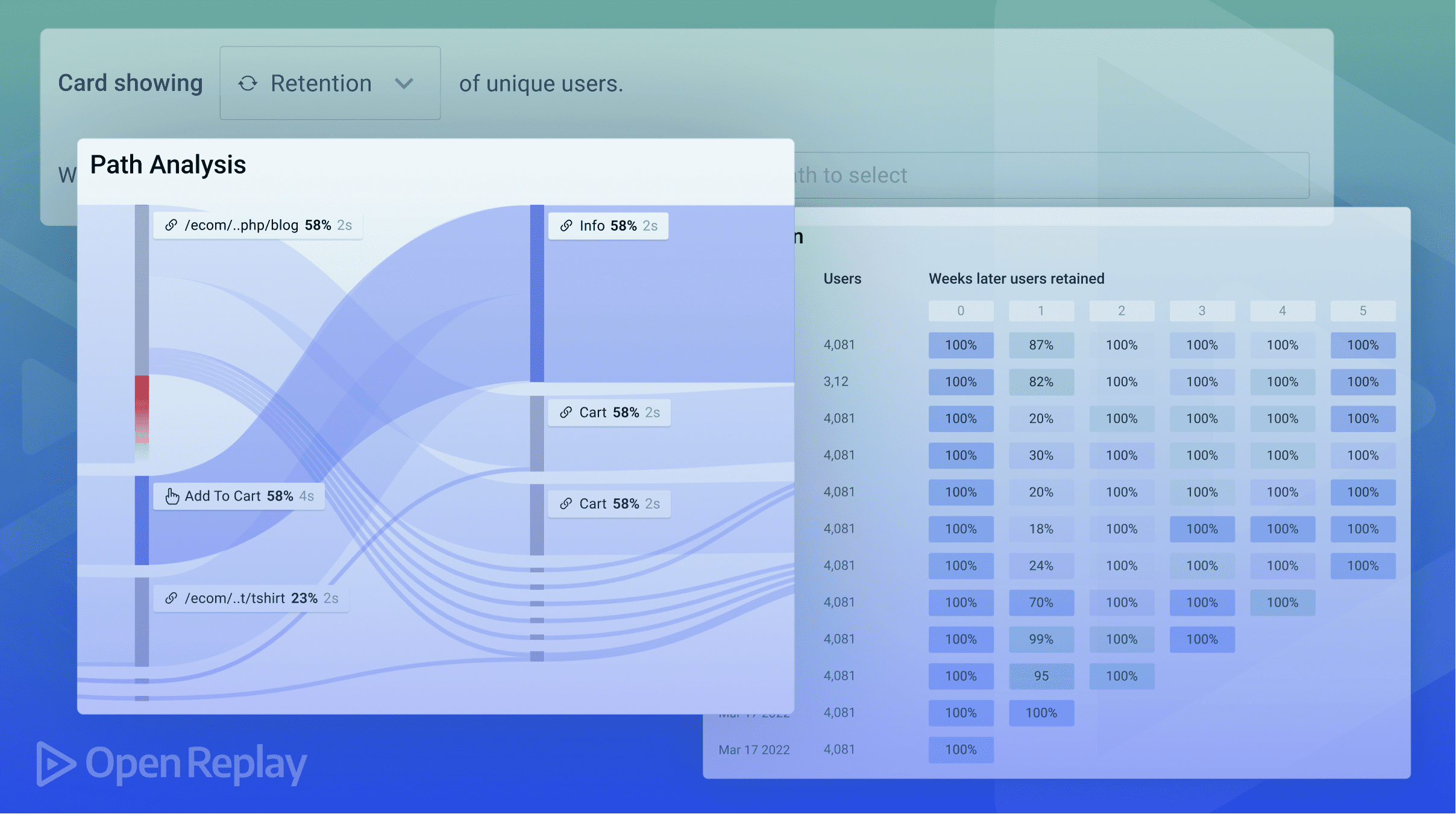
OpenReplay is a fantastic open-source alternative that combines RUM with session replay. This means you can't just see the performance data; you can watch a video-like recording of the user's session to understand the context behind the numbers.
Key Features: Session replay for visual debugging, performance monitoring (Core Web Vitals, resource loading times), error tracking, self-hostable for full data control.
Pros: Invaluable for understanding user experience issues and debugging frontend problems. Being open-source and self-hostable gives you privacy and control.
Cons: Self-hosting can be resource-intensive, especially for storing session replay data. Requires technical expertise to set up and maintain.
Sematext Experience
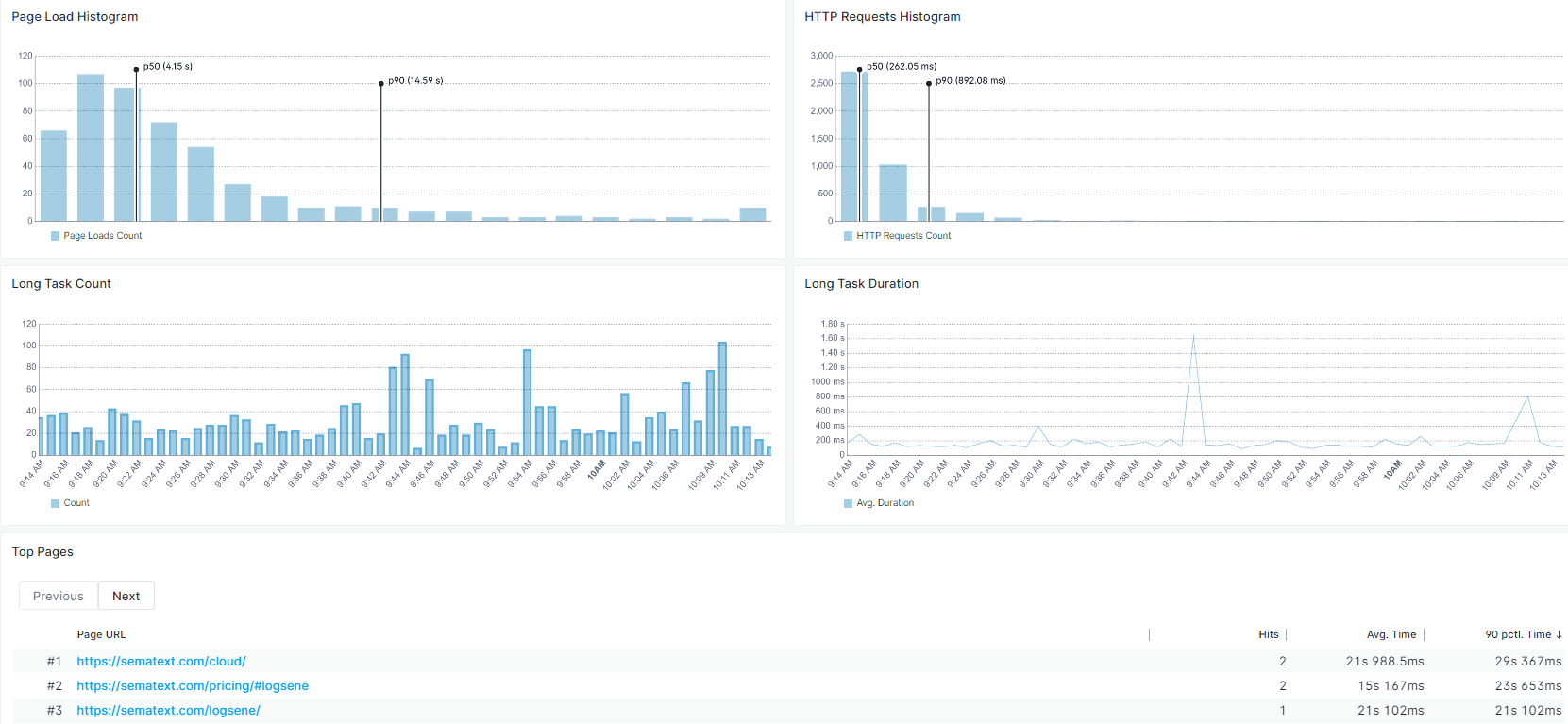
Sematext offers a user-friendly and often more affordable RUM solution compared to the larger enterprise players. Their "Experience" product is designed to make real user monitoring accessible to a broader audience.
Key Features: Tracks page loads, HTTP requests, Core Web Vitals, and provides user satisfaction metrics (Apdex). Supports alerting on performance changes.
Pros: Often praised for its clean interface and straightforward setup. Provides a great balance of features and cost-effectiveness.
Cons: May not have the same depth of integration with backend logs and traces as the larger all-in-one platforms.
Cloudflare Web Analytics
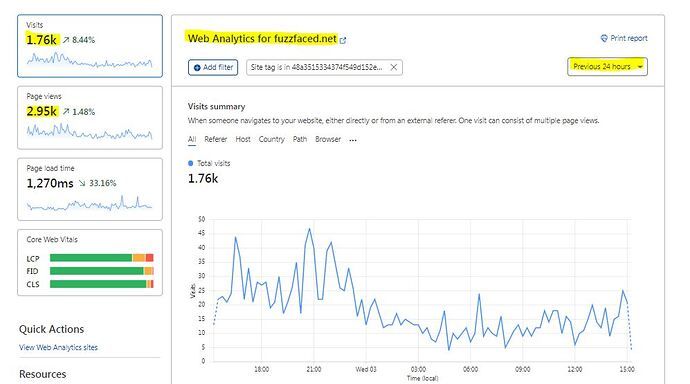
For those already using Cloudflare, their Web Analytics service is a free, privacy-focused RUM tool. It provides insights into your site's traffic and performance without using cookies or tracking individual users across sites.
Key Features: Measures Core Web Vitals (LCP, INP, CLS) from real visitors. Privacy-first approach (no cookies). Simple and easy-to-read dashboard.
Pros: Completely free for any site on Cloudflare. Extremely easy to enable. Doesn't impact site performance and respects user privacy.
Cons: Less detailed than dedicated RUM platforms. Doesn't provide individual session traces or deep debugging capabilities.




